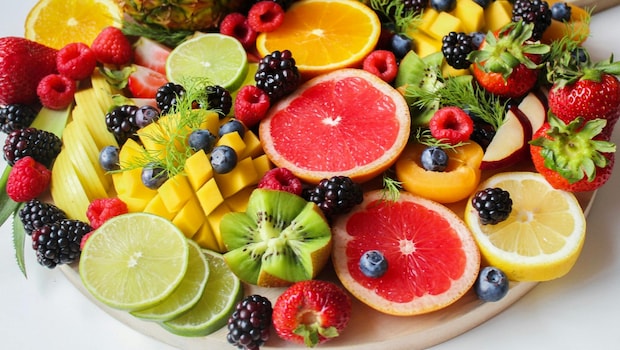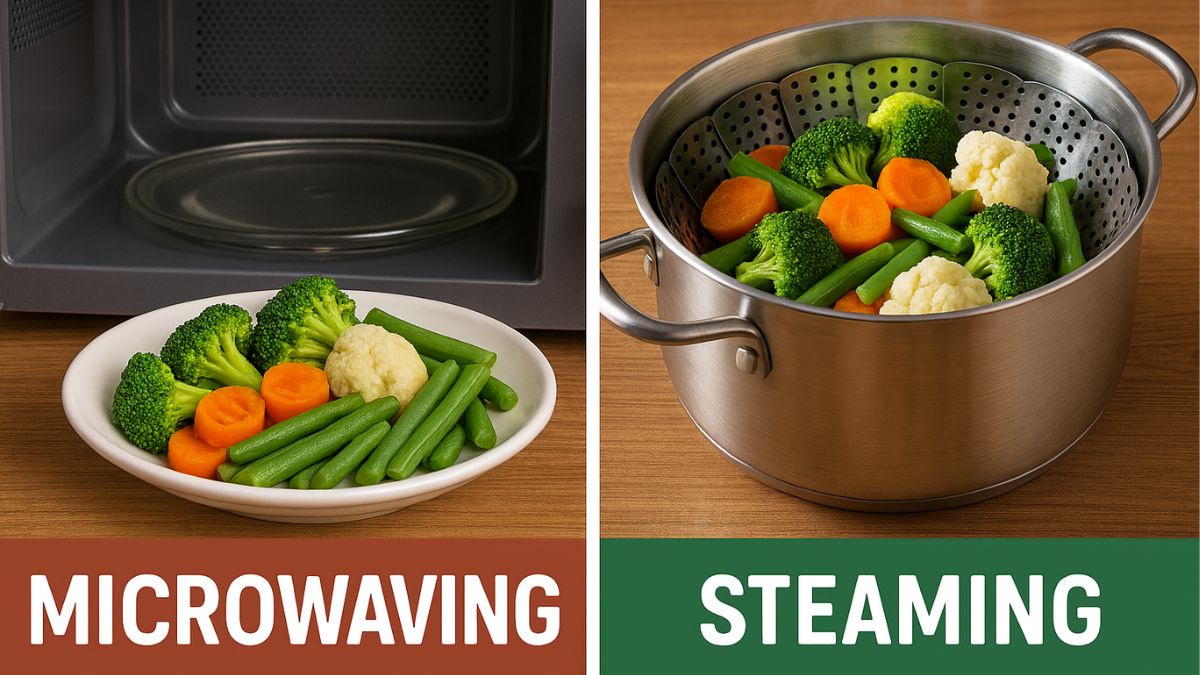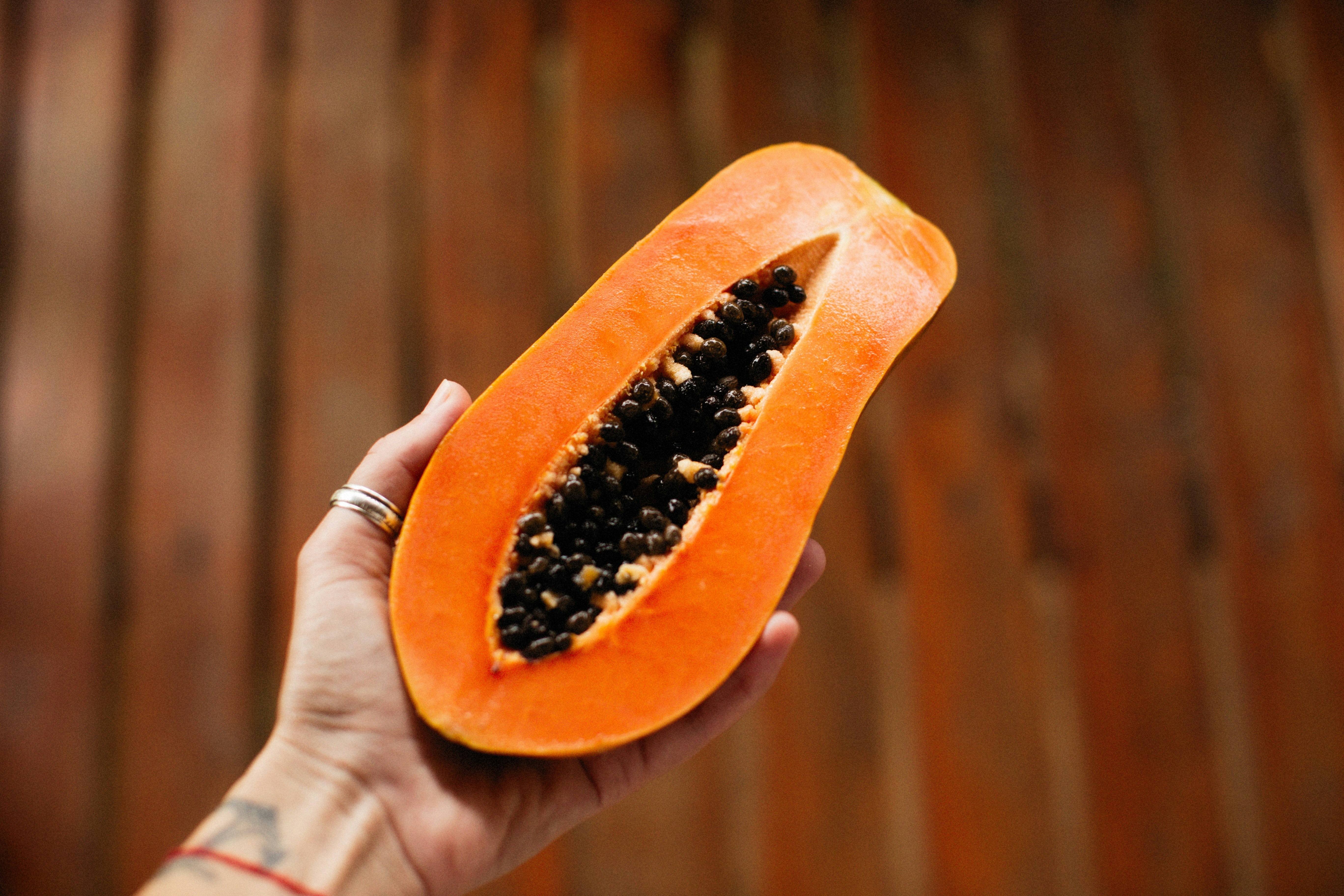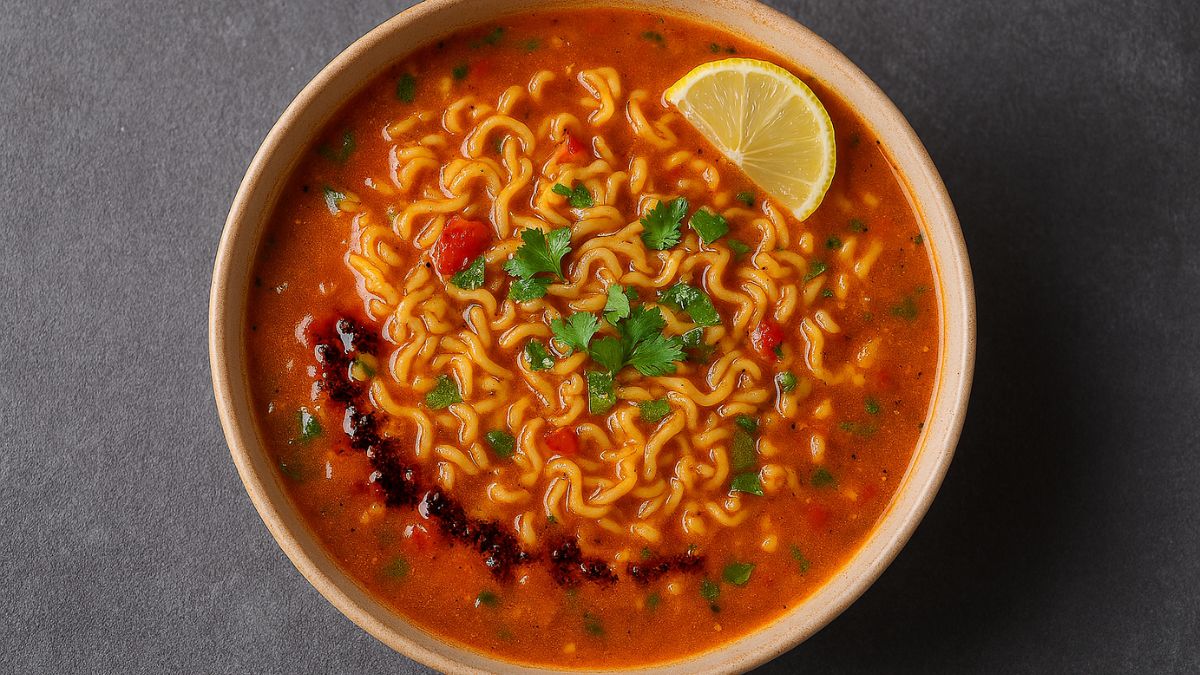Freezing fruit is one of the easiest and most effective ways to preserve the vibrant flavours of the season. Whether it's the height of summer and you're drowning in ripe strawberries, or you want to make sure your favourite fruits are available all year round, learning how to freeze fruit properly can help you cut food waste and keep healthy snacks on hand.
Why Freeze Fruit?
Frozen fruit is incredibly versatile. It can be used in smoothies, baking, jams, sauces, or eaten straight from the freezer as a frosty treat. By freezing fruit at its peak ripeness, you lock in nutrients and taste, making it a smart and convenient option for busy households.
Also Read: 5 Fruits That Can Keep Your Heart Healthy

Photo Credit: iStock
How To Properly Freeze Fruits For Storage:
Before you begin, choose fruit that's ripe but not overripe or bruised. Wash thoroughly and dry well-excess moisture can lead to icy clumps and freezer burn. Peel, pit, and chop as needed. For example, bananas should be peeled and ideally cut into chunks, while apples benefit from coring and slicing.
The Flash Freeze Method
- To avoid ending up with a solid, frozen brick of fruit, use the flash freeze method:
- Prepare a Baking Sheet: Line a tray with parchment paper.
- Arrange the Fruit: Spread the pieces out in a single layer, making sure they don't touch. This step prevents clumping.
- Freeze Until Firm: Place the tray in the freezer for 2-4 hours, or until the fruit is frozen solid.
- Transfer to Storage Bags: Once frozen, transfer the fruit to airtight freezer-safe bags or containers. Label with the date and type of fruit.
Fruit-Specific Tips
- Berries (strawberries, raspberries, blueberries): Hull strawberries and remove any stems. Berries freeze exceptionally well using the flash freeze method.
- Bananas: Peel and cut into slices. Ideal for smoothies and banana bread.
- Apples and Pears: Slice and toss with a little lemon juice to prevent browning. Great for pies and crumbles.
- Stone Fruits (peaches, nectarines, plums): Halve, pit, and slice. Peel if desired.
- Grapes: Wash and freeze whole for a refreshing snack or wine chiller.

Photo Credit: iStock
Storage and Shelf Life of Frozen Fruits
Frozen fruit is best used within 8 to 12 months, although it will remain safe to eat beyond that if kept consistently frozen. For best results, remove as much air as possible from freezer bags to prevent freezer burn and maintain texture and taste.
Thawing and Using
Most fruits can be used directly from frozen-ideal for smoothies or baking. If needed, thaw in the refrigerator or at room temperature. Note: some fruits, like strawberries, may lose their firmness once thawed, so they're better suited to cooked dishes or blending.
Also Read: Should You Eat Fruits For Breakfast? Experts Explain The Right Way
Freezing fruit is a fuss-free way to savour the goodness of your favourite produce all year round. With just a little prep, you'll have a colourful stash of nutritious ingredients ready for whatever recipes or cravings come your way.
About Neha GroverLove for reading roused her writing instincts. Neha is guilty of having a deep-set fixation with anything caffeinated. When she is not pouring out her nest of thoughts onto the screen, you can see her reading while sipping on coffee.













